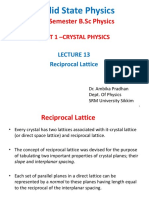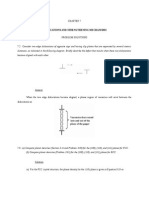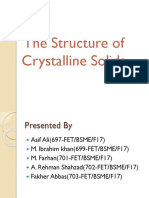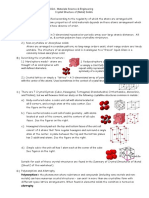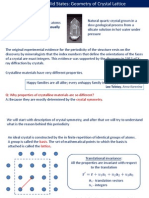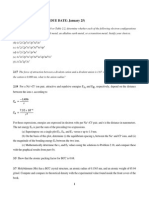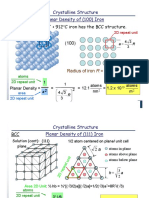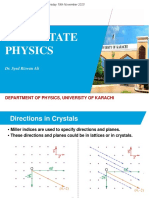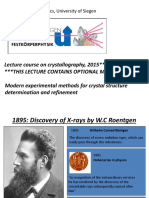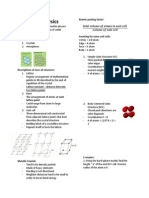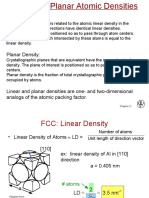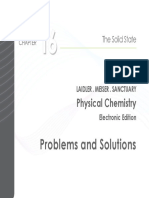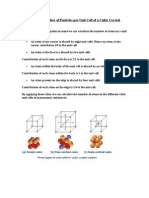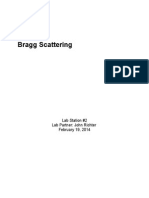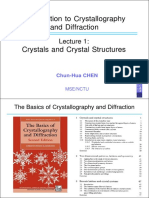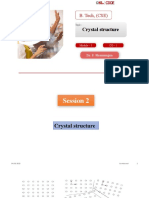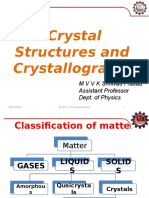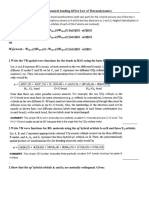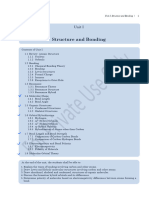0% found this document useful (0 votes)
168 views127 pagesCrystallography Basics
This document discusses crystal structures and crystallography. It begins by classifying matter as gases, liquids, amorphous solids, quasicrystals, and crystals. Crystals are then classified as polycrystals or single crystals. The rest of the document defines key crystallographic terms like crystal lattice, space lattice, basis, unit cell, Bravais lattices, and crystal systems. Common crystal structures like simple cubic, body centered cubic, and face centered cubic are illustrated with examples of how different lattices and motifs combine to form crystal structures.
Uploaded by
rahulsaitalasilaCopyright
© © All Rights Reserved
We take content rights seriously. If you suspect this is your content, claim it here.
Available Formats
Download as PPTX, PDF, TXT or read online on Scribd
0% found this document useful (0 votes)
168 views127 pagesCrystallography Basics
This document discusses crystal structures and crystallography. It begins by classifying matter as gases, liquids, amorphous solids, quasicrystals, and crystals. Crystals are then classified as polycrystals or single crystals. The rest of the document defines key crystallographic terms like crystal lattice, space lattice, basis, unit cell, Bravais lattices, and crystal systems. Common crystal structures like simple cubic, body centered cubic, and face centered cubic are illustrated with examples of how different lattices and motifs combine to form crystal structures.
Uploaded by
rahulsaitalasilaCopyright
© © All Rights Reserved
We take content rights seriously. If you suspect this is your content, claim it here.
Available Formats
Download as PPTX, PDF, TXT or read online on Scribd
/ 127


